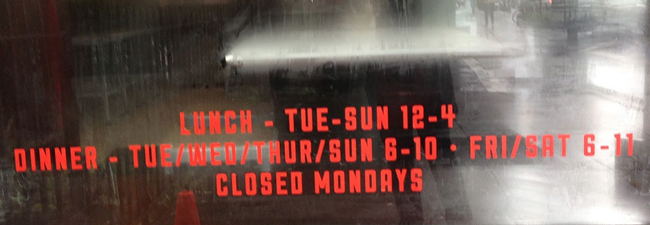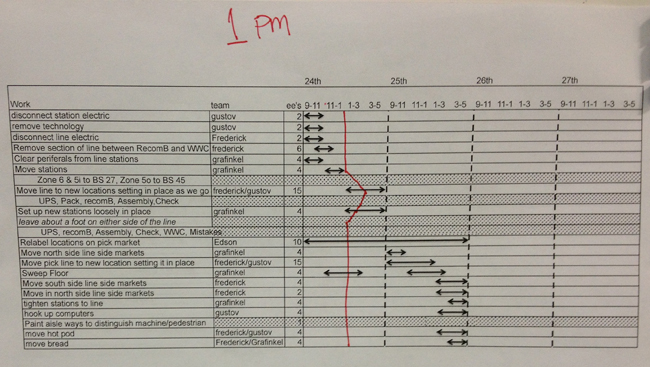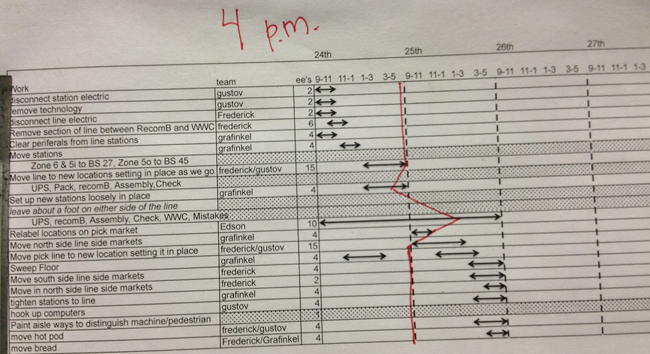Mo Frechette Talks Calendars
*From time to time, we share the writing of our friends and co-workers on this site. Today’s guest post comes from the blog of Zingerman’s Mail Order Managing Partner, Mo Frechette. You can read Mo’s blog here.
Ancient calendar technology
I don’t know when seven day week calendars began — they predate the Romans — but I don’t think it’s a stretch to call them ancient. Or maybe I should say heirloom. Whatever the word, calendars work crazy well. Everyone knows how to use them, the structure is the same worldwide so you don’t need to understand a local language to read one, and they’re super fast to scan and pick out the exact info you’re looking for. When you want to tell people something specific to a day of the week there’s nothing better. So I’m always surprised how many times people choose to ignore them and force customers to wander their word maze to find the information they’re looking for. Like this restaurant:

Here’s the same information written as a calendar:

New calendar technology

A follow-up to yesterday’s post about calendars. We’ve started testing a project timeline calendar that looks like a bit like a Gantt chart, which is a newfangled calendar technology (meaning it’s a hundred years old, not several thousand). It has a special jagged red line “right now” feature you’ll see below. They key thing is that, like a calendar, time starts on the left and moves to the right. Whenever you need to visually represent time progression that’s the best way to go.
Here’s an example of it (hat tip to J Atlee). It was used to plan and report on our progress as we performed a multi-day rearrangement of our warehouse floor. The red line, where we’re currently at, moved every few hours. Here it shows where we were Day 1 at 1pm (ahead of schedule on the part of the red line that angles a “V” to the right, the rest on schedule):






Zingerman’s Art for Sale